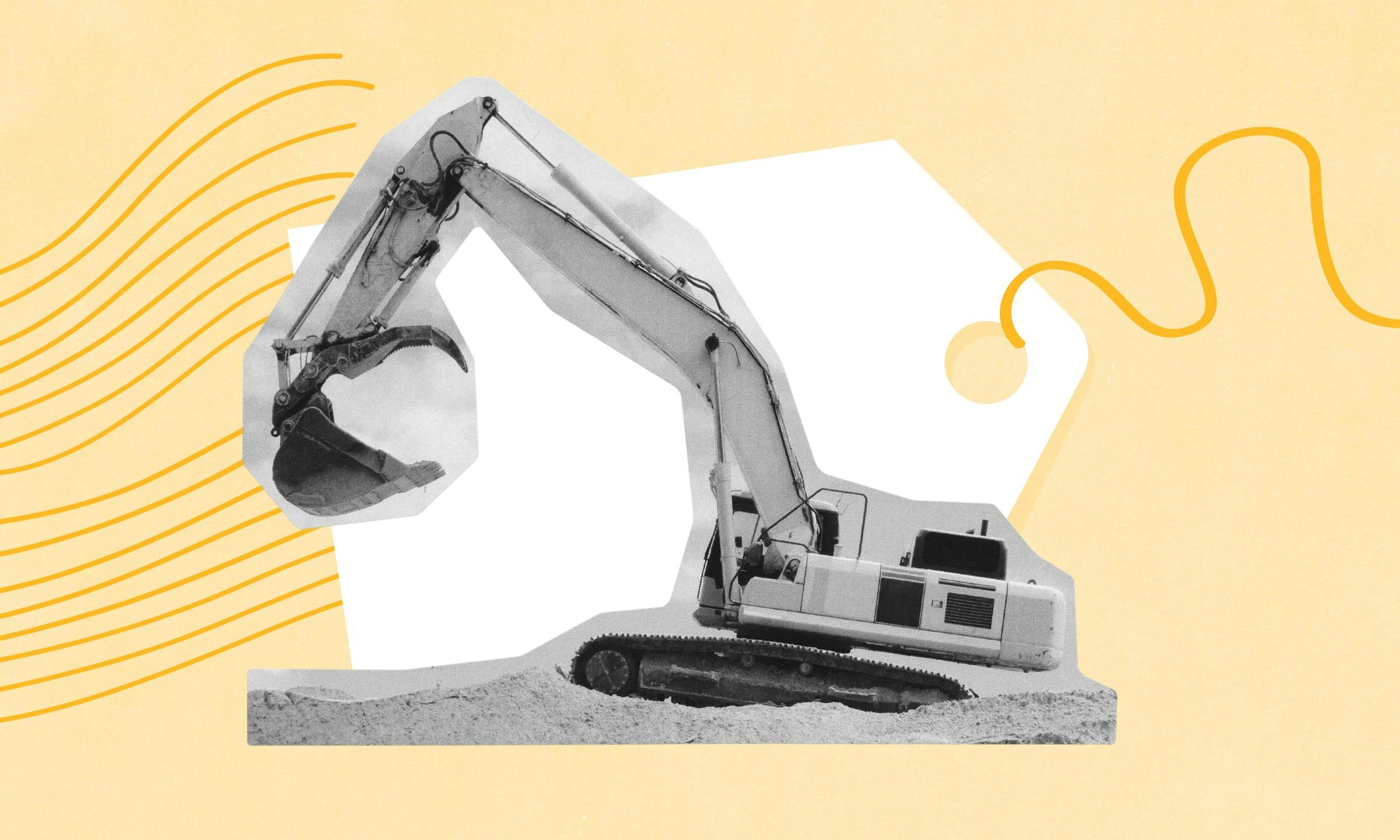Lessons for Construction Brands from a Retail Anthropologist

In the mid-1990s, New Yorker staff writer Malcom Gladwell published a piece in the magazine titled “The Science of Shopping,” which profiled a man named Paco Underhill.
Underhill, the founder and brains behind the behavioral research and consulting firm Envirosell, had amassed a reputation as one of the world’s foremost retail anthropologists (a person who studies the behavior of shoppers).
When Gladwell wrote and published his piece in 1996, the retail business was in crisis. (Sound familiar?)
Americans were spending less time in the mall (sixty-six minutes in 1995 versus seventy-two minutes in 1992) and profit margins were the lowest they’d been in years. The costs of opening a new retail business—and of that retail business failing—were also uncomfortably high.
As a result, Underhill’s services were in extraordinary demand.
For a fee I can only imagine was not-insubstantial, Underhill would set up a number of strategically placed video cameras in a client’s store, and deploy two or three clipboard-carrying, eagle-eyed Envirosell employees known as “trackers” to run an observational study that lasted, on average, a couple of days.
At the conclusion of the observation period, Underhill provided retailers like Gap and Barney’s and Levi’s research-backed, verified instructions on how to improve their store’s customer experience, so they could ultimately sell more stuff.
Store managers would study his findings and implement his techniques.
Inevitably, their numbers would improve.
Slowing down and speeding up
Before his time as a retail anthropologist, Underwood worked as an urban geographer in New York City, which meant that he spent an enormous amount of time walking and watching other people walk.
He observed how fast people walked, and how slowly, and he scrutinized the variables that made them speed up or slow down. All that walking and observing, all that experience, ultimately shaped his approach to the work he would do as a retail anthropologist.
In subsequent years, Underwood defined a number of terms, including a phenomenon he called “human downshifting,” which refers to the time it takes a person to gear down from a fast walking pace to enter a store, like that of a person walking down a busy sidewalk or a mall corridor.
It’s typically five-to-fifteen steps, which is the reason you don’t want to own a retail space next to, say, a bank. People tend to speed up when they walk past banks because there’s nothing to see, and by the time they slow down again, they’ve missed your store.
The Invariant Right, another term he invented, refers to the fact that more than ninety percent of people turn their head to the right, at a forty-five-degree angle, upon entering a store.
This is why many retailers erect, in that very spot, something known as the Power Wall, a collection of wares they want to draw your attention (and wallets) to.
Finally, Underwood defined an area just inside a store’s entrance, typically ten-to-fifteen feet from the door, called The Decompression Zone, referring to the place where people almost always pause to adjust to the room’s spatial configuration.
Underwood instructs retailers to never put anything of value in The Decompression Zone because no one will notice it.
But it’s not that people aren’t interested in what you’re selling or don’t want to buy something from you, it’s just that they’re transitioning from one thing to another, from one place to the next.
People need a moment to get the bearings.
They need a second to shift.
Obvious and not-obvious connections
Power Wall, The Decompression Zone, The Invariant Right—the obvious connection here is to an equipment showroom.
If you have one, what would Underwood say about it? Do you have a Power Wall? Have you thought about the layout? Do you have products in The Decompression Zone? It’s worth taking some time and looking at it from the same lens that Underwood would use.
That said, the less obvious connection is to the digital experience. I assure you, though, it’s there. You have a website and a brand and a product and they all exist for people to experience them.
That experience is either positive or negative, good or bad, memorable or not—but a lot of that experience is within your control to shape.
Just as when they walk into your showroom (or even your lobby), when people arrive at your brand or your website, or when they interact with your product, they want to feel considered.
They want to feel like you anticipated their arrival, at whatever point it occurred, and that you thought about everything they might need ahead of time.
They might need a moment to decompress. (Good UX.)
They might want to check out the (digital) Power Wall. (E-comm best practices)
In the end, though, good products, good brands, and good marketing all have one very specific thing in common: they’re born of companies who have observed and studied and questioned their customers obsessively.
These companies have adapted to the ways their customers behave, rather than expecting their customers to adapt to them.
Observational studies like the ones that Underhill pioneered in the 90s are no longer novel, but that doesn’t mean they’re no longer effective.
The techniques have evolved and the technology has matured, but the lessons we can glean from Underhill’s work, and even his terminology, are still more relevant than ever.
Observe. Conclude. Change.
Over and over again.


